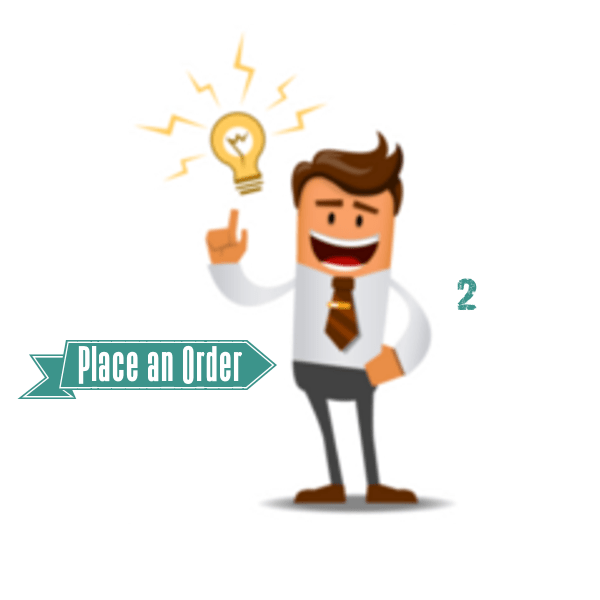Effectiveness of Addiction Treatment Outcomes Self-Help Movement
In a 500-word essay, discuss some of the major issues and difficulties in determining the effectiveness of addiction treatment outcomes.
Discuss the history and influences of the self-help movement, the Minnesota model of treatment, and the therapeutic community model. Be sure your response is at least 500 words.
Sample Solution
Major Issues and Difficulties in Determining the Effectiveness of Addiction Treatment Outcomes
Determining the effectiveness of addiction treatment poses significant challenges due to various factors. Firstly, the assessment of effectiveness often fails to consider long-term outcomes. Typically, effectiveness is measured only in the immediate period following the completion of addiction treatment programs (APA, 2020). However, it is crucial to evaluate the long-term success of these programs by investigating whether individuals who underwent treatment have managed to abstain from the addictions that initially led them to seek help. If individuals demonstrate a likelihood of relapse into their previous habits, it indicates that the programs were not effective.
Secondly, quantifying the levels of satisfaction among individuals who have undergone addiction treatment is a daunting task. Given that measuring a person’s subjective feelings is inherently challenging, determining the effectiveness of programs becomes difficult (APA, 2020). Additionally, assessing the likelihood of patients reverting to their previous behaviors is hindered by the difficulty in accurately gauging their satisfaction levels. Feelings are inherently complex and elusive, making it impossible to obtain precise measures of satisfaction derived from treatment programs.
Furthermore, the influence of various social aspects on treatment outcomes presents a challenge in determining the effectiveness of addiction interventions. Many assessments of addiction treatment predominantly focus on individual patients while disregarding the broader social factors that significantly impact program effectiveness (NAMI, 2020). These social factors include returning to the same environments individuals were in before undergoing addiction treatment. Neglecting to address or modify these social issues that directly contribute to patients’ addictions makes it arduous to determine the effectiveness of addiction treatment programs.
Another obstacle in assessing the effectiveness of addiction treatment programs lies in the inherent variability among individuals who undergo such programs. People react differently to intervention programs, making it challenging to determine their effectiveness, as their responses to the interventions vary (NAMI, 2020). Consequently, obtaining an accurate measure of program effectiveness would require consolidating information from all program participants. However, this task is both difficult and laborious, further contributing to the challenge of determining program effectiveness. Failure to consider the individual effects and diverse reactions to intervention programs results in unreliable reports, misleading the evaluation of program effectiveness.
Moving on to the history and influences of specific treatment models, the Self-Help Movement comprises groups formed by individuals facing similar challenges, sharing a common goal of addressing their social issues. These groups play a vital role in facilitating members’ sharing of experiences and gaining the diverse perspectives necessary to overcome their challenges (Longdean et al., 2018). Most self-help groups operate as non-profit organizations, allowing voluntary membership and the freedom to leave at any time. By enabling the exchange of experiences and perspectives, self-help groups help reduce stress and anxiety among members.
Self-help groups also provide access to informal sources of mental and emotional support for individuals dealing with various issues. Due to the financial constraints associated with individual psychotherapy, many individuals are unable to afford private sessions and consequently avoid them (Myers, 2013). However, group therapy, offered within self-help groups, serves the same purpose as paid therapy by providing mental and emotional support. The voluntary nature of participation in self-help groups and the freedom to join or leave attract individuals interested in these informal support networks.
The Minnesota Model of addiction treatment is a significant treatment model employed in addressing addiction issues. This model was developed by two individuals in the Minnesota state mental hospital who, despite lacking formal educational qualifications, utilized their observations to devise a functional solution for society’s addiction problems (Gallagher et al., 2018). The model incorporates the use of 12 steps and involves the collaboration of mental health professionals to facilitate addiction treatment and achieve abstinence from past addictions.
The Minnesota Model places a strong emphasis on tailoring addiction treatment to individual patients, resulting in improved outcomes. By considering patients’ unique personalities, treatment programs can be designed accordingly, leading to more effective interventions (Gallagher et al., 2018). Additionally, the model promotes holistic well-being through the active involvement of various professionals. By following a comprehensive and deliberate approach, incorporating the 12 steps, the Minnesota Model ensures thorough and enduring outcomes.
The therapeutic community model, credited to its founder, Maxwell Jones, was motivated by his observation of the disconnect between therapists and patients. This model ensures that individuals facing addiction problems are involved in the treatment process, empowering them to take an active role in their own recovery (Perfas, 2018). The therapeutic community model adopts a team-based approach to facilitate positive change, with community members serving as role models for one another under the supervision of trained staff. By assuming dual roles as both patients and psychotherapists, individuals gain different perspectives, enhancing their potential for achieving positive change.
References
APA. (, 2020). American Psychological Association. https://www.apa.org. https://www.apa.org/
Gallagher, C., Radmall, Z., O’Gara, C., & Burke, T. (2018). Effectiveness of a national ‘Minnesota Model’ based residential treatment program for alcohol dependence in Ireland: outcomes and predictors of outcome. Irish Journal of Psychological Medicine, 35(1), 33 41.https://pubmed.ncbi.nlm.nih.gov/30115205/
Longden, E., Read, J., & Dillon, J. (2018). Assessing the impact and effectiveness of hearing voices network self-help groups. Community mental health journal, 54(2), 184-188. Myers, P. L., & Salt, N. R. (2013). Becoming an addictions counselor: A comprehensive text. Jones & Bartlett Publishers.
NAMI. (, 2020). Substance use disorders | NAMI: National Alliance on Mental Illness. NAMI: National Alliance on Mental Illness. https://www.nami.org/About-Mental- Illness/Common-with-Mental-Illness/Substance-Use-Disorders
Perfas, F. B. (2019). The Modern Therapeutic Community Model. The Opioid Epidemic and the Therapeutic Community Model (pp. 23-44). Springer, Cham.
Read more: Effectiveness of Addiction Treatment

